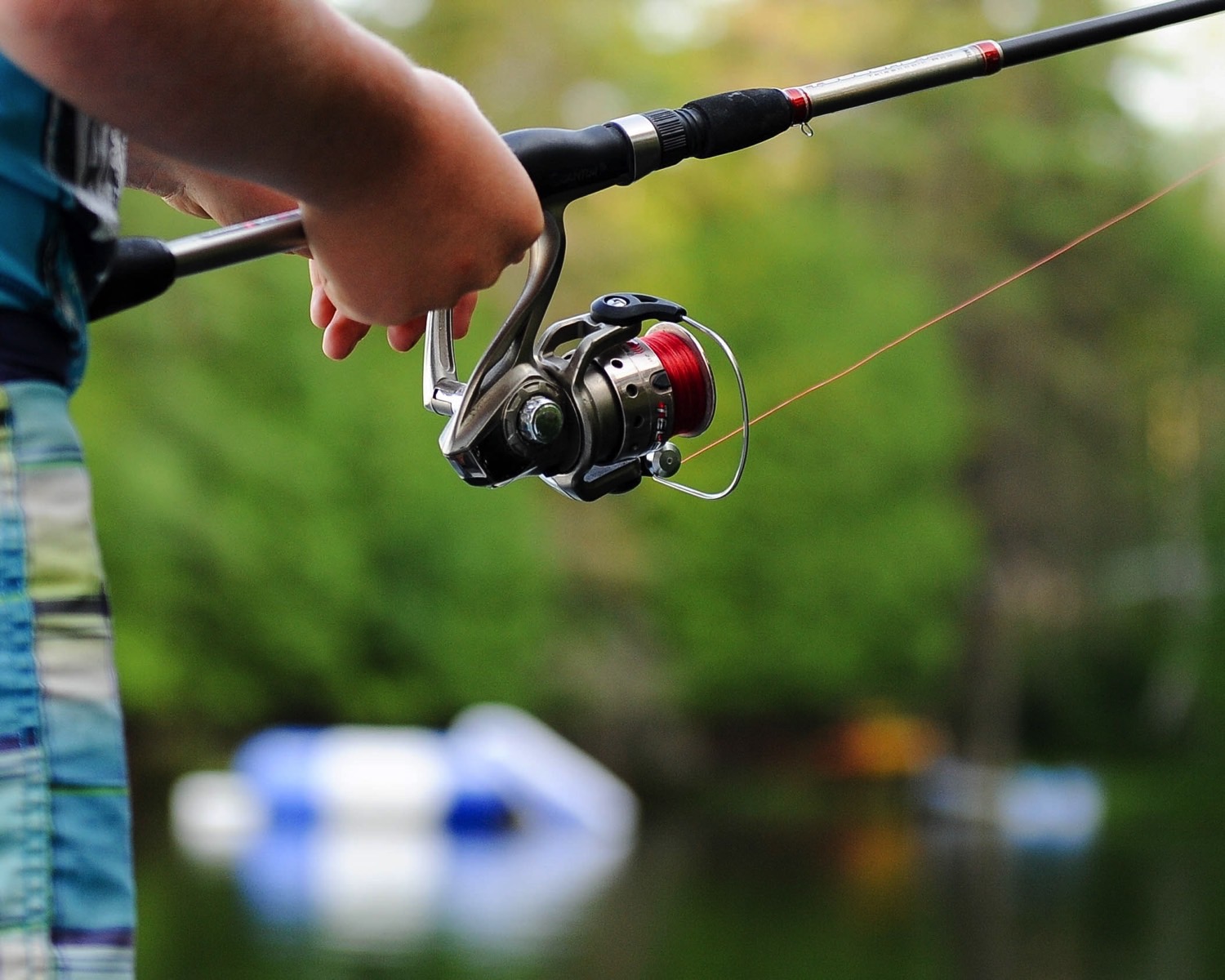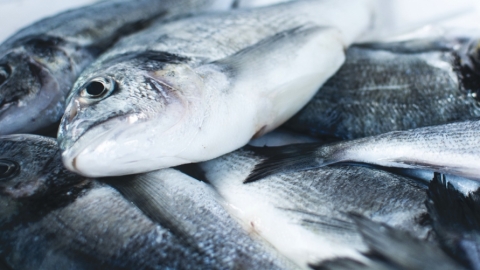Why You Should Be Eating Redfish
Redfish, not to be confused with certain species of rockfish, are also known as red drum or channel bass, and are a respected inshore game fish found in the Atlantic Ocean and in the Gulf of Mexico, as well as in bays and estuaries in many southern states, such as Louisiana and Texas.
They are a schooling species and a strong fighter when hooked. Despite not being targeted by commercial fishermen, redfish, which are often considered an incidental catch when not being fished for sport, are appearing more and more on restaurant menus across the country because of their excellent flavor.
Today, redfish are also being farmed in ponds across the United States. Although the farmed variety is a better alternative when it comes to seafood sustainability, there’s something to be said for plucking a young redfish from the wild.
The mild, sweet flavor and moist white meat seems to be far superior, especially from those smaller redfish less than 10 or 15 pounds, as the meat of larger “bull” redfish can be coarse, stringy, and unpalatable. Both the redfish and its cousin, the black drum, have similar flavors, with the redfish having a finer texture and more tender, flaky flesh.
Because redfish may contain parasites, it’s recommended that the fish always be cooked through—such as fried—and not served raw for sashimi or ceviche. In recipes, alternative fish include black sea bass, grouper, haddock or monkfish. ―Chef Matthew Pietsch
Excerpted with permission from Sea Robins, Triggerfish & Other Overlooked Seafood by Chef Matthew Pietsch and James O. Fraioli (Skyhorse Publishing, 2017).








